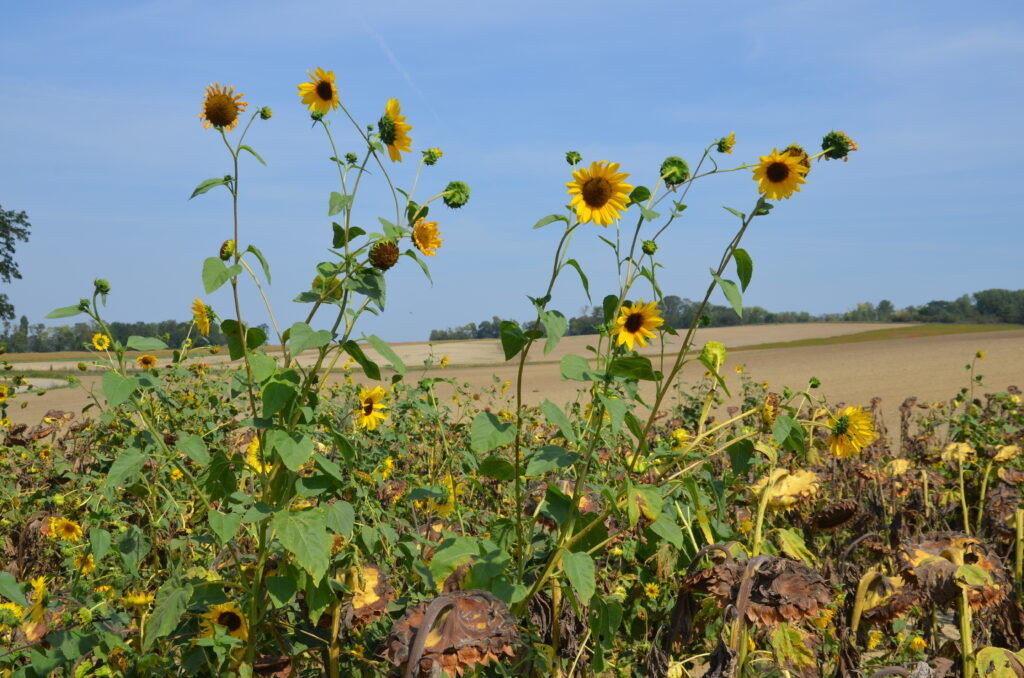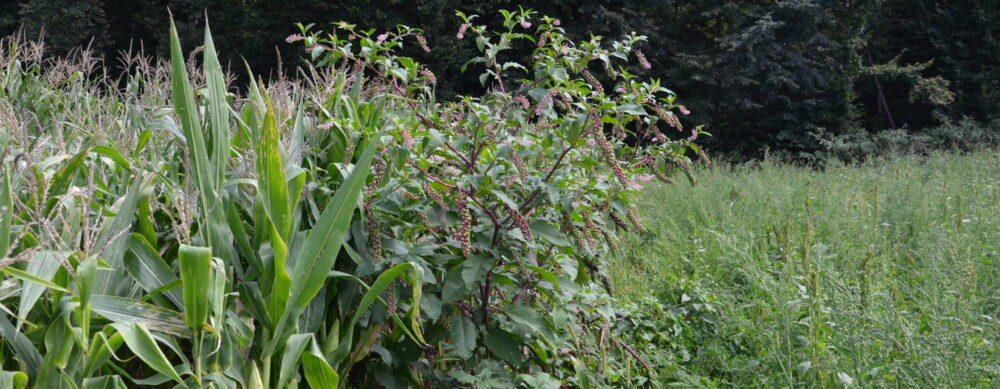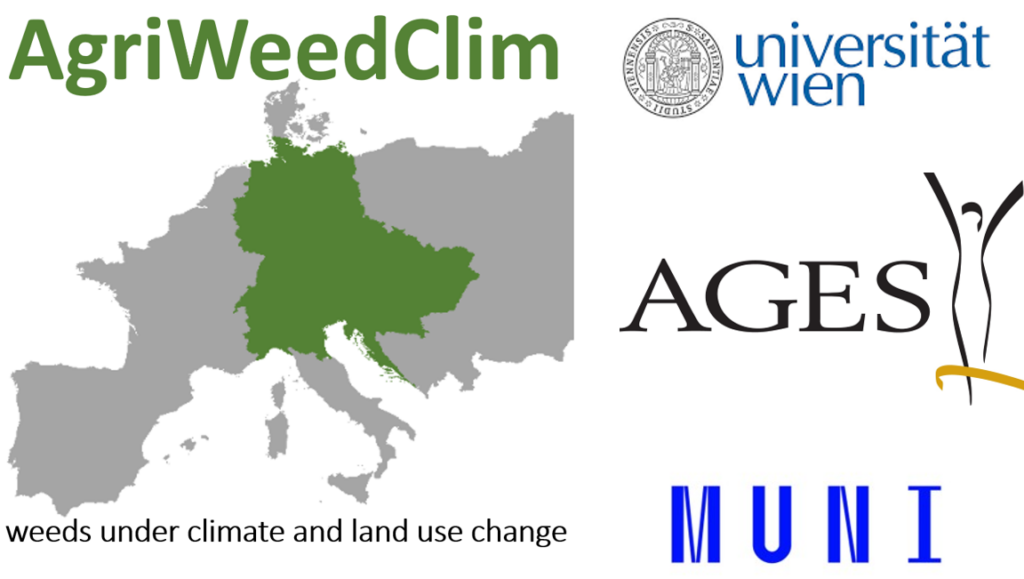Sunflowers (Helianthus annuus L.) occur in various forms in the landscape. There is the wild sunflower, which is a widespread ruderal plant in North America and has been introduced into some European countries. There is the hybrid sunflower, which is cultivated in the fields, and the volunteer sunflower, which originates from seeds lost during a previous harvest. However, there are also weedy sunflowers. These are morphologically distinct from the cultivated sunflower and the volunteer sunflower.
The main characteristics of the weedy sunflowers are the following: strong branching, the production of many small flower heads and heights of individuals of up to over 300 cm, reddish pigmentation, a longer flowering phase and patchy seed shedding. Weedy sunflowers are very competitive and can cause high yield losses and can therefore be a problem for farmers.

The study by Follak et al. (2024) showed, that weedy sunflowers occur in Austria and may cause harvest losses locally.
Follak, S., Glaser, M., Griesbacher, A., & Essl, F. (2024). Crops gone wild – weedy Helianthus annuus L. in Austria. 13(3), 565–576.

